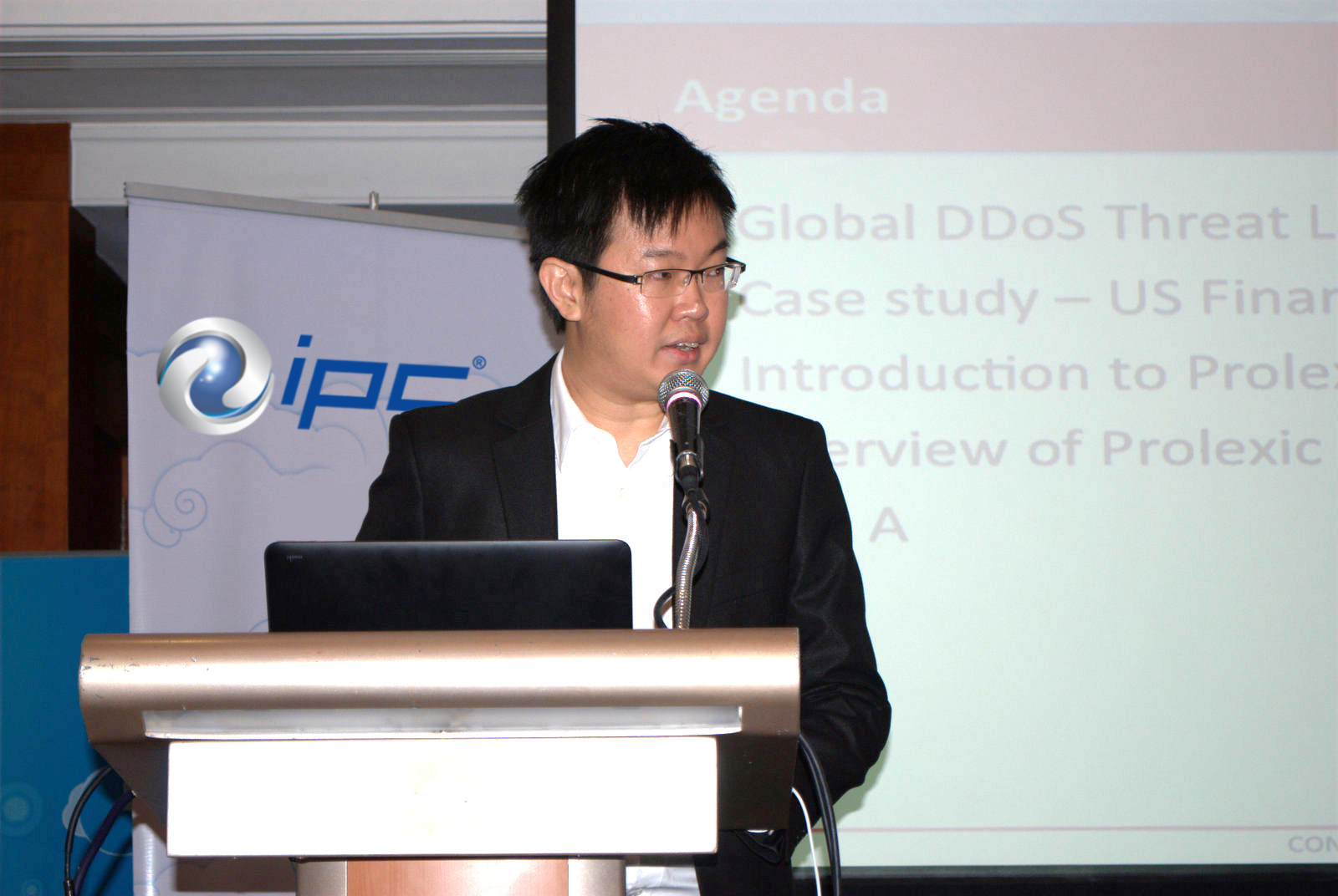Cyber attacks, specifically DDoS attacks, are expected to rise in 2014. This forecast is based on the growing threat of DDOS attacks over the last two years.
Prolexic Regional Sales Manager for Asia Pacific, William Chua, said that the company’s latest attack metrics, collected from DDoS attacks against its global client base in Q2 2012 and Q2 2013 show that average attack bandwidth for DDoS attacks increased by 925 percent from 4.47 gigabits per second (Gbps) to 49.24 Gbps. The attacks have also become broader and have affected several industries including financial services, energy, government, media, travel, among others.
A malicious hacker uses a DDoS attack to make a computer resource (i.e. website, application, e-mail, voicemail, network) stop responding to legitimate users.
The malicious hacker does this by commanding a fleet of remotely-controlled computers to send a flood of network traffic to the target. The target becomes so busy dealing with the attacker’s requests that it doesn’t have time to respond to legitimate users’ requests. That can cause the target system to stop responding, resulting in long delays and outages.
Comparing Q2 2012 to Q2 2013 also showed a 33 percent increase in the number of DDOS attacks; a 23 percent rise in the total number of infrastructure (Layer 3 & 4) attacks; a 79 percent increase in total number of application (Layer 7) attacks; a 123 percent increase to 38 hours from 17 hours in attack duration; and a 1,655 percent jump in the average packet-per-second (pps) rate.
IPC Vice President for Managed Data Services Maricar Burgos-Nepomuceno explained that, hackers launch DDoS for various reasons, such as extortion, revenge, competitive advantage, diversion and political beliefs. She said that popular DDoS targets include sites or services hosted on web servers such as banks, credit card payment gateways, and even root name servers.
IPC is a local partner of U.S.-based Prolexic.
Chua advises that enterprises, especially in the financial services sector, should put in place a strong perimeter defense complete with firewall, Intrusion Detection System (IDS) and Intrusion Prevention System (IPS) technologies, among others. Chua also recommends incorporating DDOS into an enterprise’s disaster recovery or business continuity plan, testing regularly with relevant vendors and internal teams.
Nonetheless, Chua warns that, although these practices may protect companies from mild to medium-strength attacks, this is not enough to protect networks from attacks over 10 Gbps and those that use multiple or changing attack vectors. In these cases, a specialist third-party DDoS mitigation provider should be considered.
“We strongly urge enterprises especially those in the financial and e-commerce sectors to take the threat of cyber-attacks seriously. This early on, they should prepare themselves from potentially huge losses from downtimes and lost resources,” said Burgos-Nepomuceno, “Attacks can happen at the most unexpected times and can last for several days, some of the world’s largest corporations and even government agencies’ sites have gone down because of DDoS. Cyber-attacks are getting more complicated and are happening more often, there is no better way to protect yourself than signing up for the best mitigation services.”












































































































